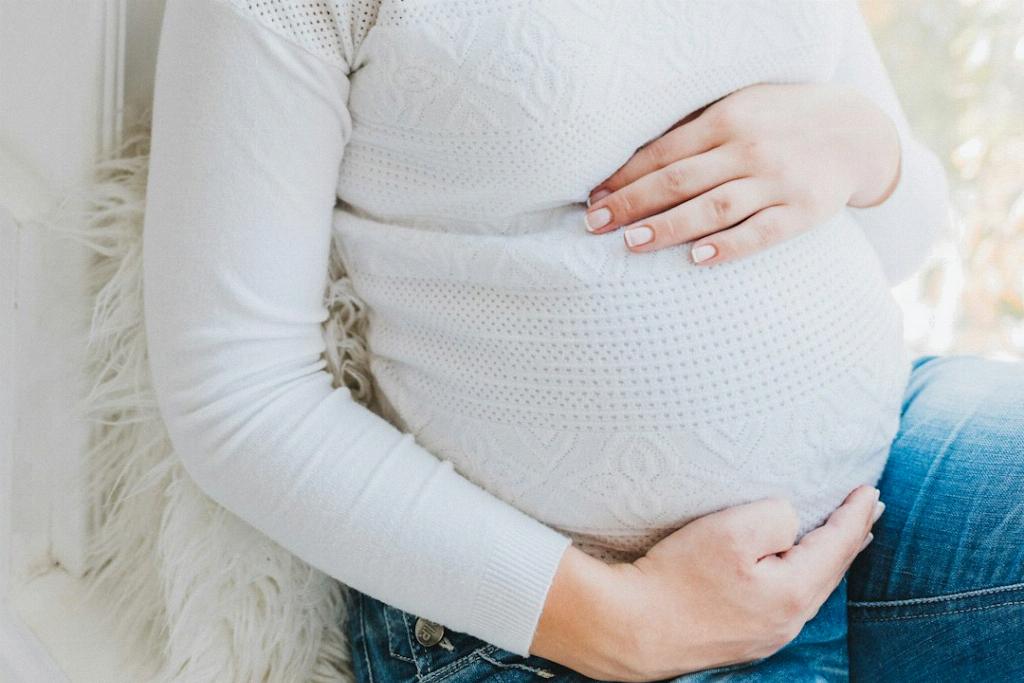When it comes to the occurrence of ectopic pregnancy after tubal ligation, it’s essential to delve into the statistics and understand the risks associated with this medical procedure. Tubal ligation is a common form of permanent birth control in women, also known as getting one’s tubes tied. While highly effective in preventing pregnancy, there remains a small risk of ectopic pregnancy after tubal ligation.
Research indicates that the overall risk of ectopic pregnancy post-tubal ligation is 12.5%, slightly lower than the incidence rate among women who have not undergone this procedure but continued with their previous contraception methods. This statistical data sheds light on the comparative likelihood of ectopic pregnancy in women who have had tubal ligation compared to those who have not.
An uncorrected incidence rate of 0.64 per 10,000 sterilizations has been reported, along with 7.7 per 100 pregnancies conceived after tubal ligation resulting in ectopic pregnancies. These figures highlight the potential occurrence of ectopic pregnancies despite tubal ligation, emphasizing the importance of understanding and addressing this risk.
It’s crucial for individuals considering tubal ligation as a contraceptive method to be aware of the possibility of ectopic pregnancy. While tubal ligation is highly effective in preventing traditional pregnancies, there is a small chance that a fertilized egg implants outside the uterus, leading to an ectopic pregnancy. This risk factor underscores the need for thorough discussions between patients and healthcare providers regarding the potential outcomes.
Factors such as age, history of pelvic inflammatory disease, and previous abdominal surgeries may influence the likelihood of ectopic pregnancy after tubal ligation. Understanding these risk factors and their implications can help individuals make informed decisions about their reproductive health and contraceptive choices.
Despite the overall effectiveness of tubal ligation in preventing pregnancies, it is not foolproof when it comes to ectopic pregnancies. Ectopic pregnancies can pose serious health risks to individuals, emphasizing the importance of early detection and appropriate medical intervention in such cases.
Individuals who have undergone tubal ligation should be vigilant about any concerning symptoms that may indicate an ectopic pregnancy, such as abdominal pain, vaginal bleeding, or dizziness. Promptly seeking medical attention in case of suspected ectopic pregnancy is crucial for timely diagnosis and management of this condition.
Medical professionals play a critical role in educating patients about the risks of ectopic pregnancy post-tubal ligation and guiding them on the signs and symptoms to watch out for. Open communication between patients and healthcare providers is vital in ensuring comprehensive care and support throughout the reproductive health journey.
Continued research and advancements in the field of reproductive health are essential for enhancing our understanding of ectopic pregnancies after tubal ligation. By staying abreast of the latest developments in this area, healthcare professionals can offer informed guidance and recommendations to individuals seeking contraceptive solutions.
While the risk of ectopic pregnancy after tubal ligation is relatively low compared to other forms of contraception, it is not negligible. Understanding the nuances of this risk and staying vigilant about any potential symptoms or complications is crucial for individuals who have undergone tubal ligation.
Overall, the likelihood of ectopic pregnancy after tubal ligation is a multifaceted issue that requires careful consideration and awareness. By empowering individuals with knowledge and encouraging proactive healthcare practices, we can strive towards a comprehensive approach to reproductive health and well-being.

